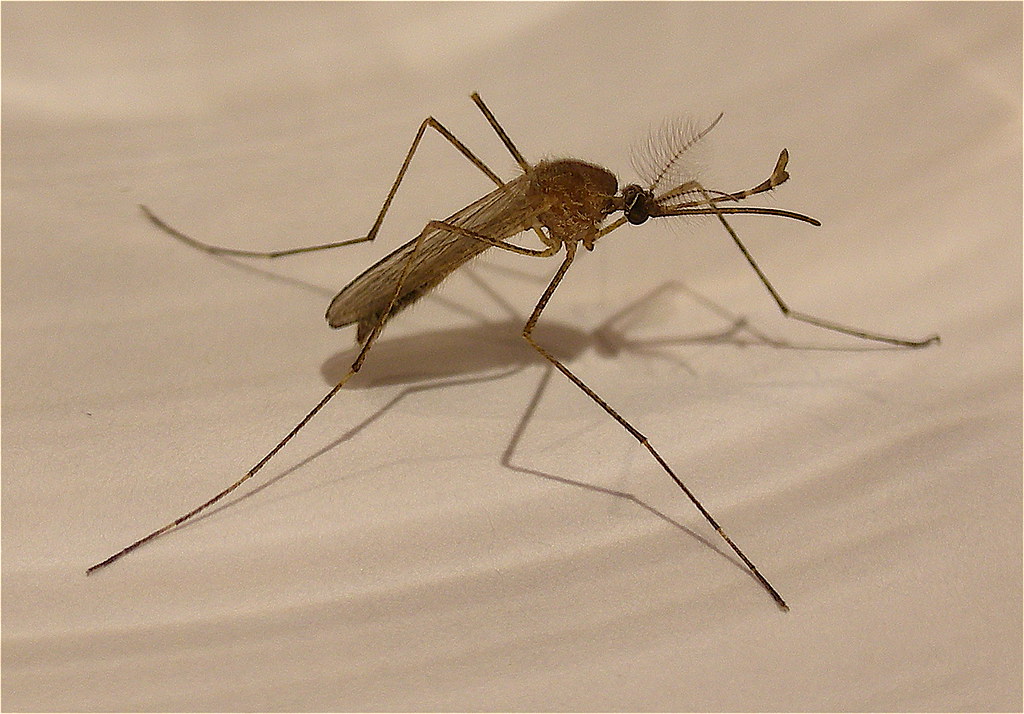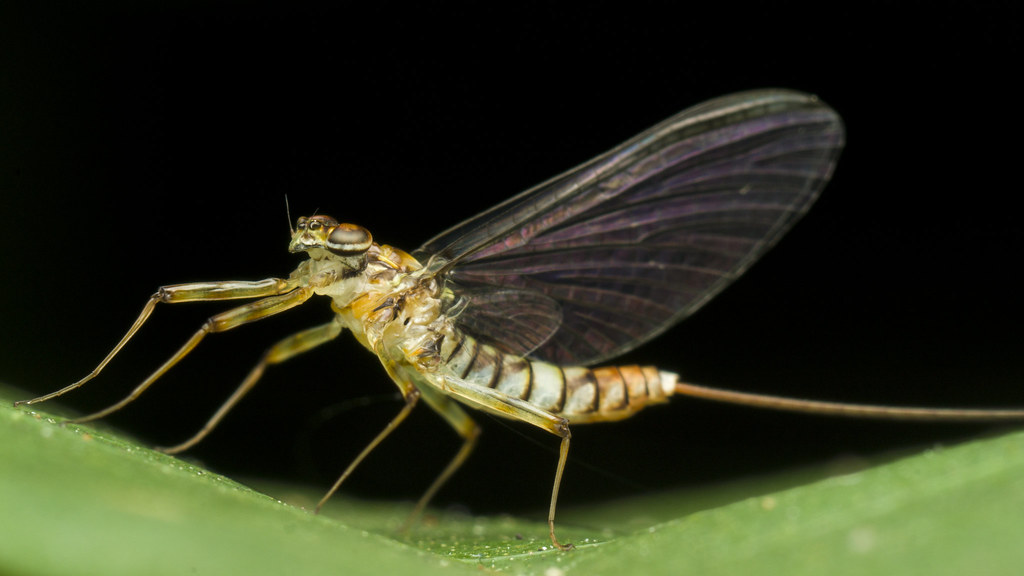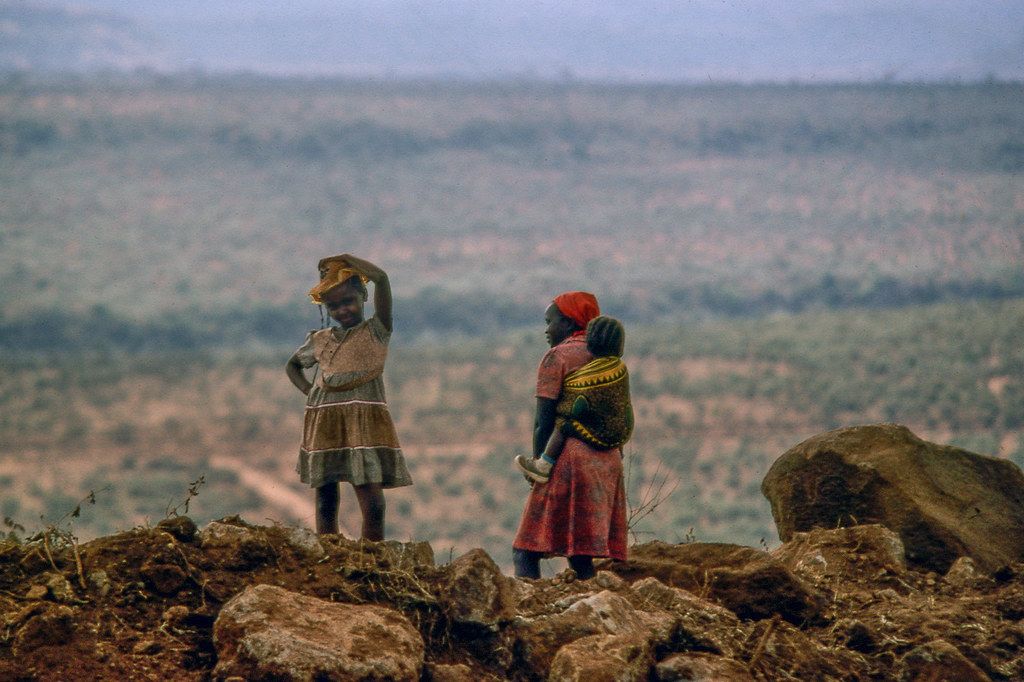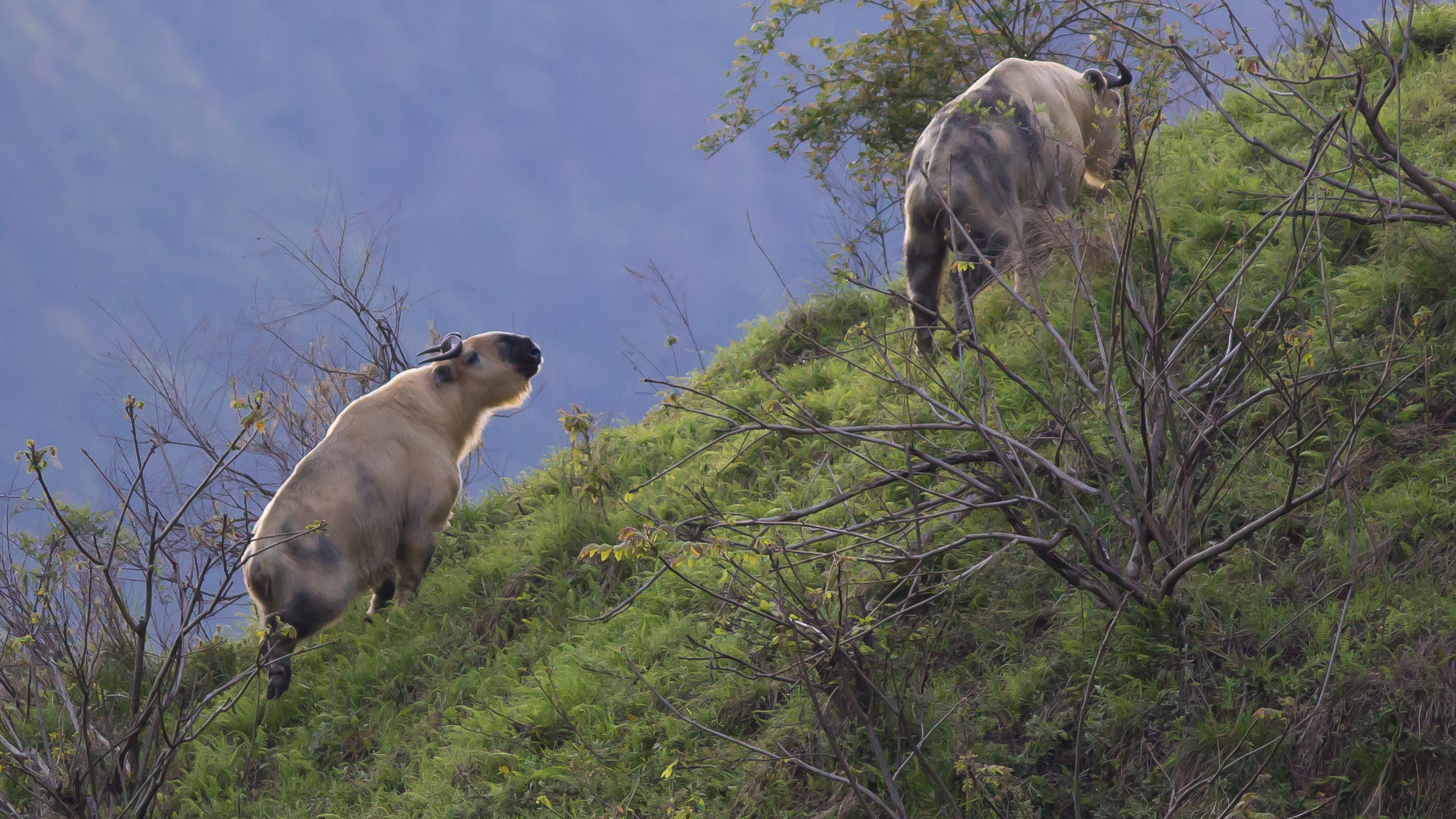
Welcome, fellow curious minds, to a journey through the wild, wacky, and utterly wonderful world of animals! If you thought you knew everything about the creatures sharing our planet, prepare to have your socks knocked off. The animal kingdom is a boundless source of amazement, brimming with secrets, strange behaviors, and physiological marvels that consistently defy expectation. We’re talking about feats of nature so extraordinary, they sound like something plucked from a fantasy novel.
From the deepest oceans to the highest skies, and from the tiniest insects to the mightiest mammals, life on Earth has evolved in countless ingenious ways. Some animals possess sensory abilities we can only dream of, others exhibit social structures that mirror our own, and many have survival mechanisms that are, frankly, a little bit terrifying or just plain adorable. It’s a constant reminder that for all our scientific advancements, the natural world still holds an endless supply of delightful surprises and profound mysteries.
So, buckle up your brain-belts! We’ve scoured the depths of animal lore to bring you a collection of truly astonishing facts that you probably didn’t know before. Get ready to explore the hidden talents and unbelievable quirks of some of Earth’s most fascinating inhabitants. You might just find yourself looking at the critters around you with a renewed sense of wonder and a whole lot of questions!
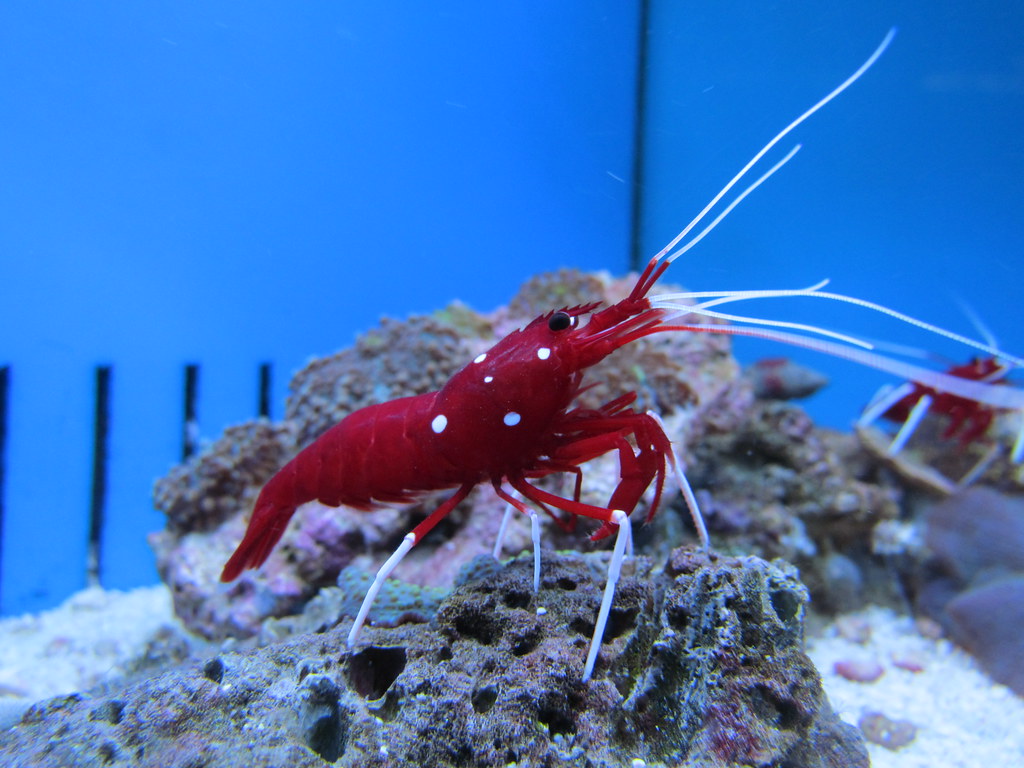
1. **The Pistol Shrimp: The World’s Loudest Tiny Hunter**Imagine a creature so small, a mere 2cm long, that it can produce a sound louder than a Concorde’s sonic boom. That’s the Pistol Shrimp for you! This incredible crustacean has a specialized claw that it can snap shut so rapidly it creates a cavitation bubble. When this bubble collapses, it generates a powerful sonic blast that is truly astounding.
This shock wave is no joke, reaching up to 230 decibels. To put that into perspective, it’s louder than the sound of a gunshot. This tiny hunter uses its incredible ability not just to make noise, but also to kill its prey. The sheer force of the imploding bubble is enough to stun or kill small fish and other marine organisms.
But wait, there’s more to this tiny marvel! For split seconds, the imploding bubble also generates temperatures of an astounding 4,400 degrees Celsius. That’s nearly as hot as the surface of the sun! This extreme heat, combined with the shockwave, creates a devastating weapon in the Pistol Shrimp’s arsenal, making it one of the ocean’s most formidable, albeit miniature, predators.

2. **Flamingos: The Truth Behind Their Pink Hue**When you picture a flamingo, what color comes to mind? Pink, of course! But here’s a fun fact that might surprise you: flamingos are not born pink. They actually enter the world with rather drab grey feathers, a far cry from the vibrant hues we associate with them. So, what’s the secret behind their iconic coloration?
The answer lies entirely in their diet. Flamingos’ brilliant pink, orange, or even reddish feathers are a direct result of the natural pink dye called canthaxanthin. This pigment is found in abundance in their primary food sources: brine shrimp and blue-green algae. As they consume these carotenoid-rich foods, the pigments are metabolized and deposited into their developing feathers, giving them their distinctive color.
It’s a process that’s so crucial to their appearance that if their diet changes, so does their color. For instance, flamingos in zoos often lose their characteristic pink coloring if their diets aren’t carefully managed. Zookeepers have to supplement their food with specific additives to ensure these magnificent birds retain their stunning, signature shade. It’s a vivid example of ‘you are what you eat’ in the animal kingdom!

3. **Otters: Hand-Holding Habits of the Sea**Prepare for an ‘awww’ moment because this fact is undeniably cute! Otters, those playful and agile aquatic mammals, have a heartwarming habit that serves a practical purpose. When they settle down for a nap on the water, especially in groups, they often hold hands.
This charming behavior isn’t just for show; it’s a clever strategy to prevent them from drifting apart while they sleep. Imagine floating peacefully on your back in the water, only to wake up miles away from your family or friends. By linking paws, they create a raft of sleeping otters, ensuring they stay together and remain safe as they rest.
Beyond just their paws, otters might also entangle themselves in kelp or other aquatic vegetation for extra anchoring. This communal napping, often observed in sea otters, highlights their social nature and intelligence. It’s a behavior that not only protects them but also cements their status as one of the most endearing creatures in the animal kingdom, and frankly, it’s super-cute to witness.

4. **Hummingbirds: Masters of Aerial Acrobatics, Even in Reverse**Hummingbirds are already astonishing creatures, known for their dazzling speed, iridescent plumage, and unique ability to hover in mid-air. But did you know they possess an aerial skill that sets them apart from nearly every other bird on the planet? Hummingbirds are the only known birds that can also fly backwards.
Most birds can only fly forward, and even then, their movements can be quite linear. Hummingbirds, however, are equipped with incredibly flexible shoulder joints and a unique wing structure that allows them to rotate their wings almost 180 degrees. This extraordinary anatomical feature enables them to execute complex maneuvers, including flying up, down, sideways, and most impressively, in reverse.
This backward flight isn’t just a flashy trick; it’s a vital part of their foraging strategy. When a hummingbird sips nectar from a flower, it needs to be able to retreat efficiently from the bloom to move on to the next one. Their ability to fly backwards allows for quick and precise movements, making them incredibly efficient and agile feeders in their quest for sugary fuel.

5. **Dolphins: Seeking Thrills with Pufferfish Toxins**Dolphins are widely recognized for their intelligence and playful nature, but a fascinating documentary revelation has added another layer to their complex behaviors. It appears these marine mammals have discovered a rather unconventional way to ‘get high’ – by deliberately interacting with toxic pufferfish.
Pufferfish, as a defense mechanism, release toxins when threatened. While these toxins can be deadly in high doses for many creatures, including humans, dolphins seem to have figured out how to use them to their advantage. They carefully handle the pufferfish, gently passing them around within a pod, causing the fish to release just enough toxin to have a narcotic, hallucinogenic effect, rather than a lethal one.
The documentary captured these sophisticated animals passing around pufferfish before floating just underneath the water’s surface, seemingly ‘mesmerized by their own reflections.’ This unusual behavior suggests a deliberate pursuit of altered states, hinting at a level of cognitive complexity and curiosity that continues to astound scientists and animal enthusiasts alike. It’s a reminder that the ocean holds many secrets, and its inhabitants are often far more complex than we imagine.
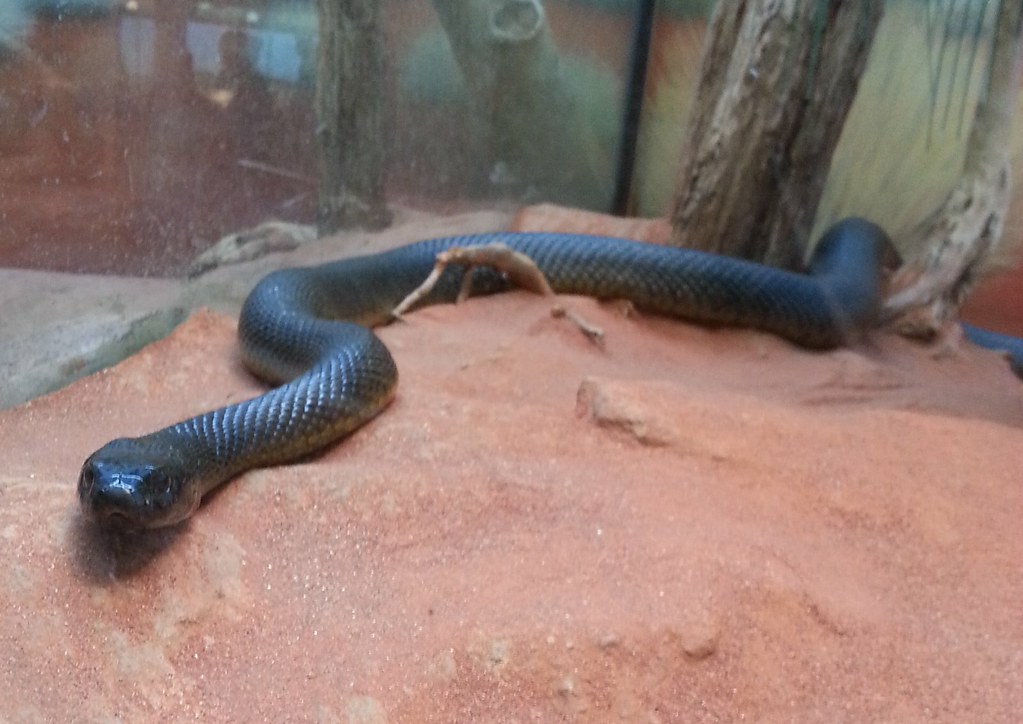
6. **The Inland Taipan: A Deadly Yet Elusive Serpent**When we talk about venomous snakes, the Inland Taipan (also known as the Western Taipan) holds a chilling distinction: it is the most venomous snake in the world. A single bite from this serpent contains enough venom to kill at least 100 fully grown men, and without treatment, death can occur within a mere 30 minutes. It’s a truly potent cocktail of neurotoxins and hemotoxins.
Despite its fearsome reputation and unparalleled toxicity, the Inland Taipan is remarkably elusive and rarely comes into contact with humans. Its habitat is primarily the remote, arid regions of central Australia, and it tends to be a shy, reclusive creature that prefers to avoid confrontation. This reclusiveness is a blessing, as encounters are exceedingly rare.
In fact, every reliable identification of a snake bite victim from an Inland Taipan has been documented among herpetologists, individuals who actively handle or study these snakes in controlled environments. The good news is that due to advanced antivenom and immediate medical attention, all known victims have survived. This underscores the importance of scientific research, even when it involves close contact with the world’s most dangerous creatures.
7. **Mosquitoes: The Planet’s Surprisingly Deadliest Animal**When you hear ‘deadliest animal,’ you might immediately think of sharks, bears, or tigers. But the truth is far more surprising, and a lot smaller. The world’s deadliest animal isn’t a fearsome predator with claws or fangs; it’s the humble mosquito. Yes, that tiny, buzzing insect is responsible for more human deaths than any other creature on Earth.
According to the World Health Organization, an astonishing 725,000 people are killed each year from mosquito-borne diseases. These include devastating illnesses such as Malaria, dengue fever, yellow fever, Zika virus, and West Nile virus, to name just a few. The sheer number of fatalities highlights the profound impact this tiny insect has on global public health.
Mosquitoes outnumber every other animal in the world, apart from ants and termites, and can be found in nearly every part of the globe. Their ubiquity, combined with their ability to transmit deadly pathogens from person to person, makes them an unparalleled threat. It’s a sobering reminder that sometimes, the greatest dangers come in the smallest packages, demonstrating just how impactful even the most seemingly insignificant creatures can be.
Alright, you’ve journeyed through seven mind-bending animal facts, but hold onto your hats because the wild world has even more in store! We’re not nearly done scratching the surface of Earth’s truly bizarre and brilliant inhabitants. From creatures with more neighbors than you can imagine to those with seriously short lifespans or projectile blood, get ready for another dose of pure animal amazement. Let’s dive deeper into the unique survival strategies, strange behaviors, and record-breaking existences that continue to baffle and delight us!.
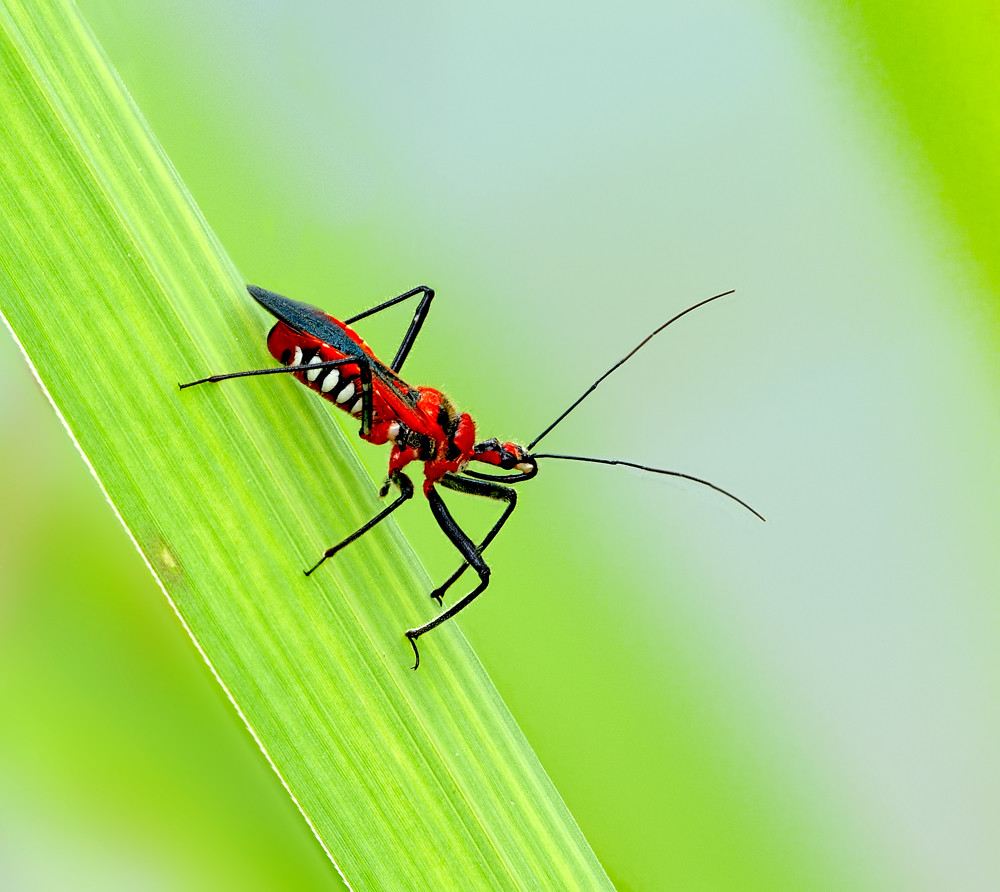
8. **Insects: Outnumbering Humanity on a Scale You Won’t Believe**Ever felt like there are a lot of insects buzzing, crawling, and flitting around? Well, you’re not wrong, but the sheer scale of their population is truly mind-boggling. According to recent estimates, for every single human being on the planet, there are more than 1.4 billion insects! That’s a staggering figure that really puts our place in the ecosystem into perspective. It means that while we’re busily going about our lives, there’s an unseen, often unnoticed, multitude of six-legged (and more!) creatures surrounding us at every moment.
Take ants, for instance, a classic example of insect ubiquity. These tiny but mighty social insects have managed to colonize almost every landmass on Earth, showcasing an incredible adaptability and resilience. Their population alone is estimated to be between 10 to the power of 7 and 10 to the power of 8 billion, which utterly dwarfs the approximate 7 billion human inhabitants. It’s a testament to the success of their evolutionary strategies and their crucial role in nearly every terrestrial environment.
This incredible numerical dominance isn’t just a quirky fact; it highlights the foundational importance of insects in maintaining ecological balance. They are pollinators, decomposers, and a vital food source for countless other animals. Their sheer numbers ensure that these essential roles are filled on a massive, global scale. So, the next time you swat away a fly or observe a line of ants, remember you’re witnessing just a fraction of a truly colossal and indispensable population.
9. **The Mayfly: Living Life in the Fast Lane (for 24 Hours)**When we think of living a short life, we might imagine a creature that lasts a few weeks or months. But prepare to have your definition of ‘short’ radically redefined by the humble Mayfly. This insect holds the incredible, yet bittersweet, title of the shortest-living animal in the world, at least in its adult form. Its entire adult lifespan is typically just 24 hours, a fleeting moment in the grand scheme of the animal kingdom.
During this incredibly brief window of adulthood, the Mayfly has one singular, all-important mission: to reproduce. It emerges from the water, finds a mate, lays its eggs, and then, its life cycle is complete, all within that short 24-hour period. Some species of Mayfly are even more extreme, existing as adults for a mere 8-10 hours. It’s a true sprint of existence, where every moment counts for the continuation of its lineage.
However, there’s a fascinating twist to this tale of brevity. While their adult life is astonishingly short, Mayflies actually spend a significant portion of their existence as aquatic nymphs. Depending on the species, they can live in water for anywhere from 3 to 7 years, undergoing several molts before their grand, albeit brief, emergence as winged adults. So, while their adult stage is a blink-and-you-miss-it affair, their journey to that point is a much longer, hidden saga beneath the surface.

10. **The Horned Lizard: Nature’s Bizarre Blood-Shooting Defense**Imagine facing a predator, feeling threatened, and your go-to defense mechanism involves… shooting blood from your eyes. Sounds like something out of a fantasy creature handbook, right? Yet, this is the utterly bizarre and truly effective defense employed by the horned lizard. This fascinating reptile has a truly unique way of deterring would-be attackers: it can squirt streams of blood from its own eyes, reaching a distance of up to 3 feet away.
This rather graphic and, let’s be honest, slightly disgusting act serves a very practical purpose. The sudden, unexpected spray of blood is designed to confuse and startle predators, giving the lizard a crucial moment to escape. It’s not just any blood either; their blood contains a specific chemical that is noxious to predators, making the experience even more unpleasant for an attacker, particularly canids like coyotes or foxes who might find the taste repugnant.
But this isn’t the horned lizard’s only trick in its defensive repertoire. When feeling menaced, short-horned lizards are also capable of rapidly inflating their bodies to up to twice their normal size. This sudden increase in bulk makes them appear much larger and more formidable, often enough to scare away a hesitant predator. Between the dramatic inflation and the blood-shooting spectacle, this little lizard proves that sometimes the most effective defenses are the most unexpected and visually striking.
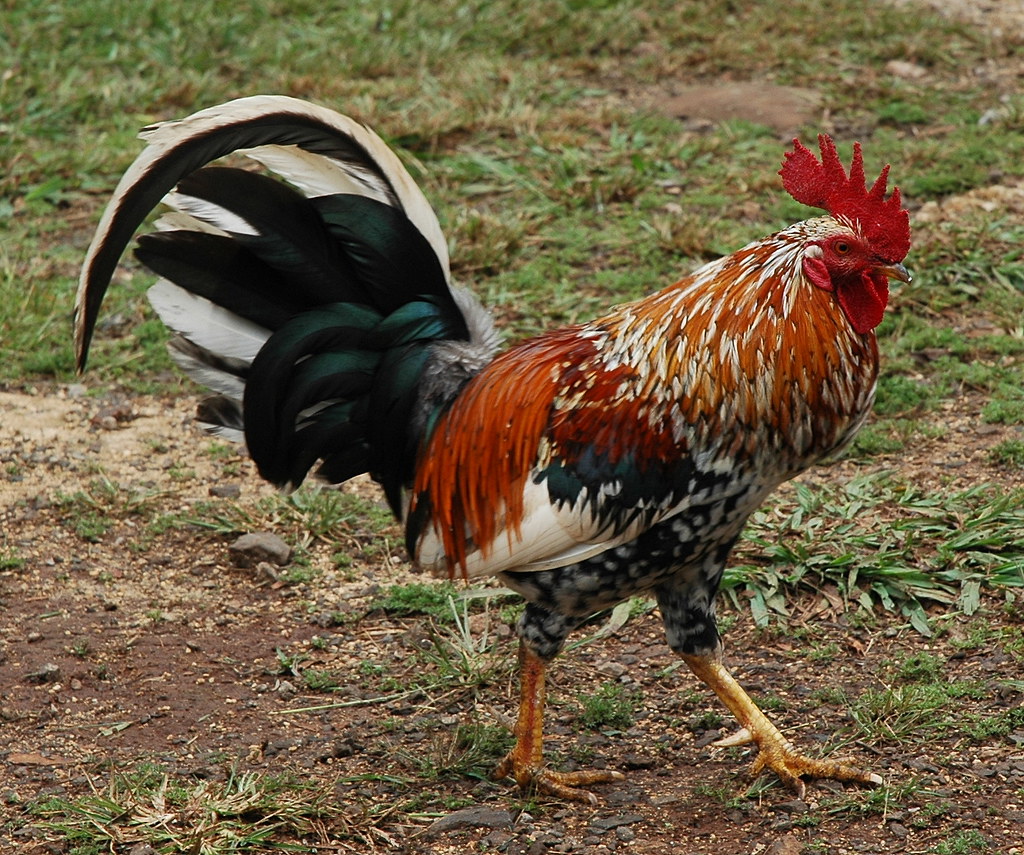
11. **Roosters: Their Built-In Ear Protection Against Their Own Crow**That iconic sound of a rooster crowing at dawn is unmistakably loud, a powerful declaration that heralds the start of a new day. But have you ever stopped to consider just how deafening that sound must be for the rooster itself? A study has shown that a rooster’s crow averages over 100 decibels, a noise level roughly equivalent to operating a chainsaw or a jackhammer right next to your ear. So, how do these feathered alarms prevent themselves from suffering hearing damage from their own vocal prowess?
The answer lies in a clever, built-in anatomical adaptation. Roosters have a unique mechanism to protect their delicate ear canals. When they crow, they instinctively tilt their heads back. This simple action causes a specialized flap of skin to completely cover their ear canal, effectively serving as a natural, self-activating ear-plug. It’s an ingenious solution that allows them to produce their powerful calls without enduring the full, damaging force of the sound wave themselves.
This fascinating adaptation is a perfect example of evolution providing a solution to a self-created problem. Without this protective measure, repeated exposure to such extreme noise levels would undoubtedly lead to significant hearing loss, if not complete deafness, impacting their ability to perceive threats or communicate effectively. So, the next time you hear a rooster’s exuberant morning call, remember the hidden engineering that allows them to be the world’s most enthusiastic, and protected, alarm clock.

12. **The Giant Squid: A Mysterious Colossus of the Deep**For centuries, tales of monstrous creatures lurking in the ocean depths captivated sailors and fueled legends. Among these, the Giant Squid stands out as one of the most enigmatic and awe-inspiring. Despite its legendary status, surprisingly little is known about these elusive cephalopods, which spend their lives in the crushing pressures and darkness of the deep sea. They are rarely observed in their natural habitat, making every discovery a significant scientific event.
However, what we do know about them is absolutely staggering. The largest squid ever discovered was a true behemoth, measuring an incredible 50 feet in length and weighing nearly a tonne. To put that into perspective, imagine a creature longer than a bus and weighing as much as a small car, all lurking beneath the waves. This colossal size hints at the sheer scale of life that exists in parts of our planet we’ve barely begun to explore, and reinforces the idea that the ocean still holds countless secrets.
Encounters with these magnificent creatures are few and far between, often involving specimens washed ashore or captured accidentally. Their primary predators are believed to be sperm whales, which bear scars on their heads, telling tales of epic battles in the abyss. The Giant Squid remains one of the ocean’s most mysterious inhabitants, a living legend that continues to inspire wonder and a deep desire to understand the hidden depths of our planet. Its rarity only adds to its allure, reminding us that some of the most spectacular life forms are also the most challenging to observe.

13. **The Pangolin: An Armored Ball, Tragically Vulnerable to Humans**Meet the pangolin, an animal that looks like it’s straight out of a fantasy game, with its body covered in tough, overlapping scales. This unique creature has an incredibly effective defense mechanism against natural predators. When threatened, the pangolin can instantly roll itself up into a tight, armour-plated ball, presenting an impenetrable shield of keratin scales. This defensive posture is so robust that even powerful predators like lions struggle to penetrate its protective shell, often giving up their hunt in frustration.
It’s a marvel of natural engineering, perfectly adapted to protect it from the claws and teeth of the wild. However, this very adaptation, which works so well against the animal kingdom’s fiercest hunters, becomes its tragic downfall when confronted by humans. Poachers, unfortunately, exploit this instinct. When a pangolin rolls into its defensive ball, it becomes an easy target, simplifying the task for those who seek to capture it.
This vulnerability has made the pangolin the world’s most poached and trafficked animal. The demand for their scales and meat in some Asian cultures is immense, despite scientific evidence showing no medicinal value. This heartbreaking reality underscores the devastating impact of human activity on wildlife, transforming a brilliant natural defense into a fatal flaw for a species that deserves our protection and admiration for its extraordinary survival strategy.
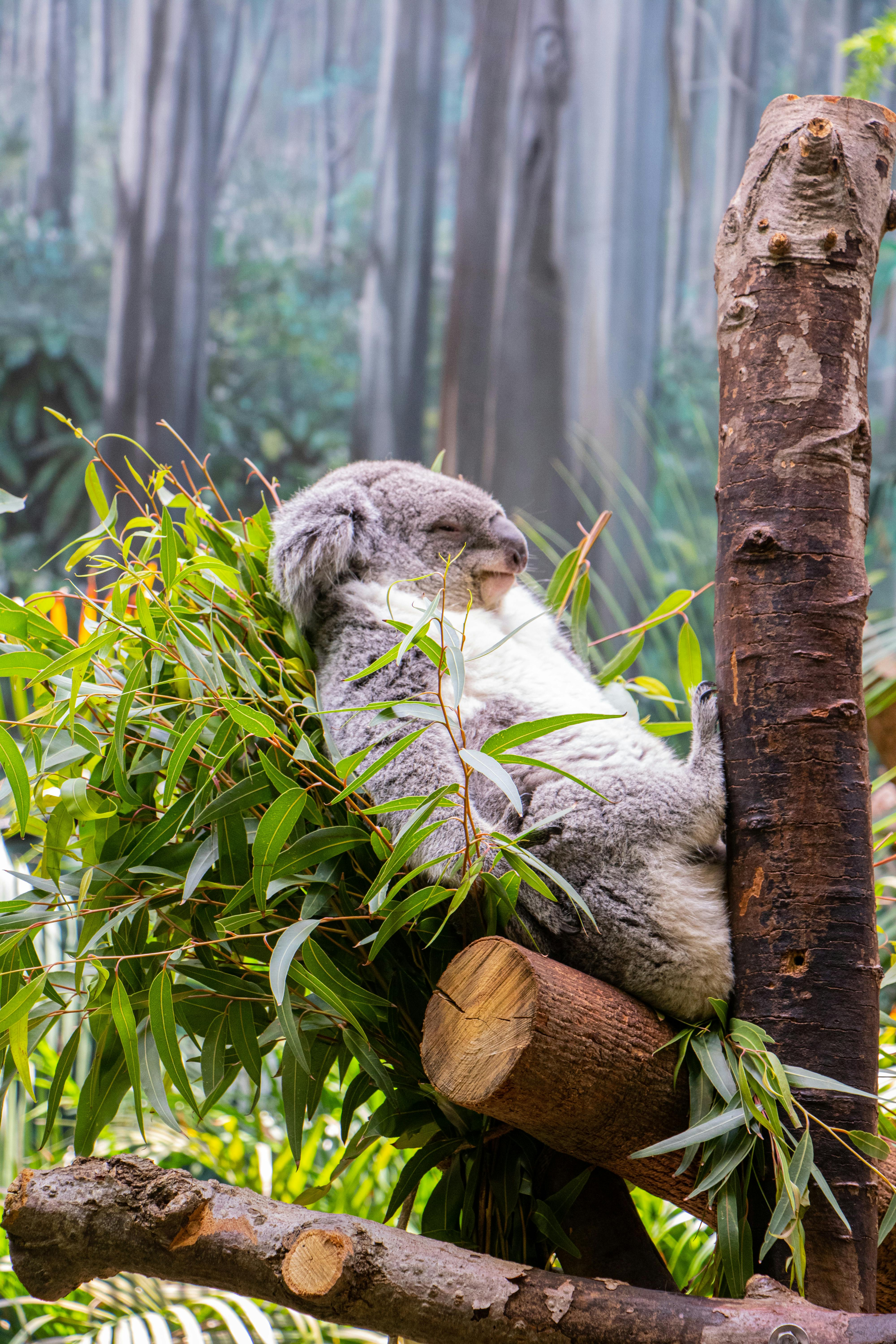
14. **Koalas: The Sleepy Giants of the Eucalyptus Forest**Koalas, with their perpetually sleepy expressions and cuddly appearance, are practically the poster children for taking it easy. And for good reason! These adorable marsupials are notorious for their incredibly long sleep cycles, clocking in up to 22 hours of sleep in a single day. That’s right, they spend almost their entire existence snoozing, making them one of the most lethargic creatures in the animal kingdom. But this isn’t just a preference for comfort; there’s a fascinating scientific explanation behind their extreme need for rest.
The secret lies in their highly specialized diet: eucalyptus leaves. While these leaves are abundant in their Australian habitat, they present a significant challenge. Eucalyptus leaves contain toxins that need to be detoxified by the koala’s liver, are very low in nutritional value, and are incredibly high in fibrous matter. Digesting such a difficult food source requires an immense amount of energy from the koala’s body, leaving them with very little left for activity.
Therefore, extended periods of sleep become a critical survival strategy. By conserving energy through deep and prolonged slumber, koalas can dedicate their metabolic resources to processing their challenging diet. It’s a trade-off that allows them to thrive on a food source that most other animals would find toxic or indigestible, cementing their status as specialized herbivores and champions of profound relaxation. So, the next time you feel a bit tired, just remember the koala and know you’re in good company!
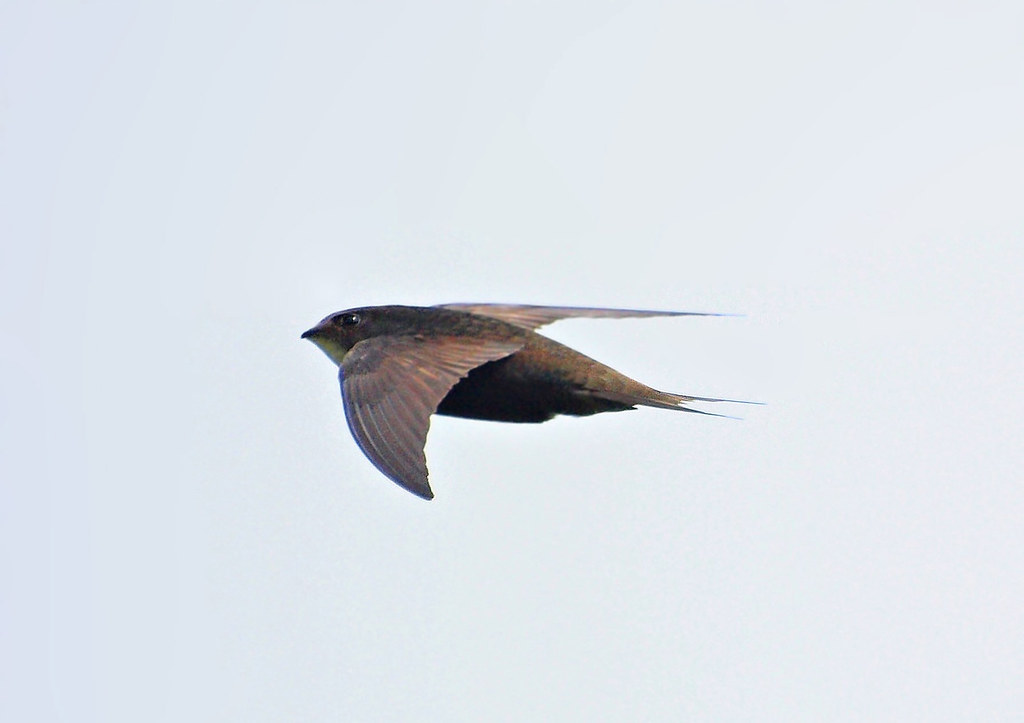
15. **Swifts: The Unrivaled Marathon Flyers of the Sky**When we talk about birds and flight, we often marvel at their migration patterns or aerial acrobatics. But the swift takes avian endurance to an entirely new, almost unbelievable level. These remarkable birds spend virtually their entire lives in the air, embodying the ultimate freedom of flight. What truly sets them apart is their astounding ability to fly for almost an entire year without ever landing – a feat that few other animals can even dream of accomplishing.
A groundbreaking study showcased this incredible endurance, tracking swifts over a 10-month period. The astonishing revelation was that during this extensive time, the birds stopped for a mere 2 hours in total. This means they are eating, sleeping, and even mating while soaring through the skies. Their bodies are perfectly adapted for this aerial existence, with sleek aerodynamics and efficient metabolism allowing for continuous flight across vast distances. They feed on insects caught mid-air, and even catnap during gliding phases, descending slowly while semi-conscious.
This continuous flight strategy makes swifts the undisputed marathon runners of the avian world, an engineering marvel of nature. It allows them to exploit abundant insect populations across different altitudes and geographical areas, giving them an ecological advantage. Their life in the skies is a powerful reminder of the diverse and extreme adaptations found in the animal kingdom, constantly pushing the boundaries of what we imagine is possible. It’s a truly magnificent testament to the power of evolution, showing us that sometimes, the sky really is home.
And there you have it, fellow fact-finders! We’ve journeyed through just a fraction of the incredible, often jaw-dropping, realities of the animal kingdom. From the microscopic wonders to the colossal mysteries, and from the utterly adorable to the surprisingly deadly, every creature on Earth holds a story waiting to be discovered. The more we learn, the more we realize that our planet is a vibrant tapestry woven with ingenuity, adaptation, and an endless capacity for surprise. So, keep that curiosity alive, because the wild world is always ready to show us something new and absolutely amazing. The adventure of discovery never truly ends!

